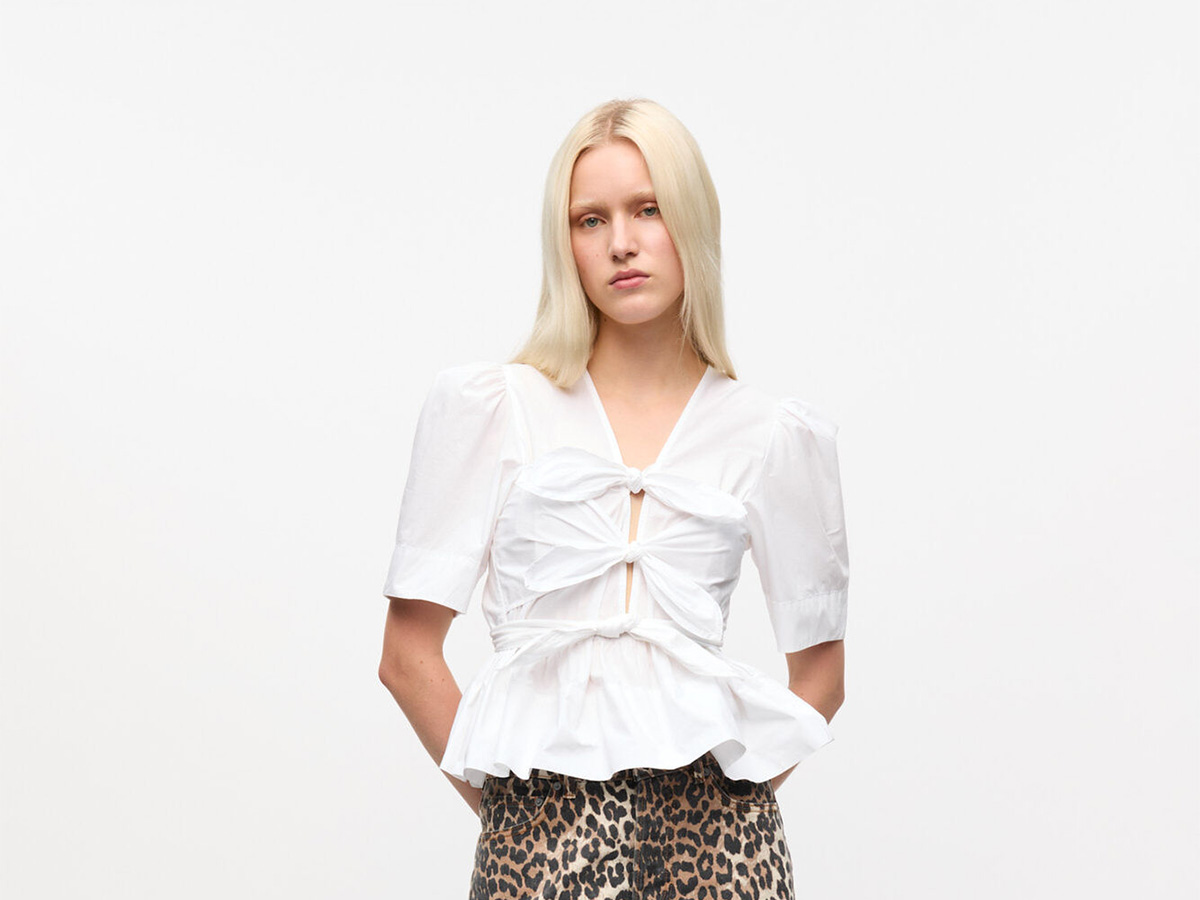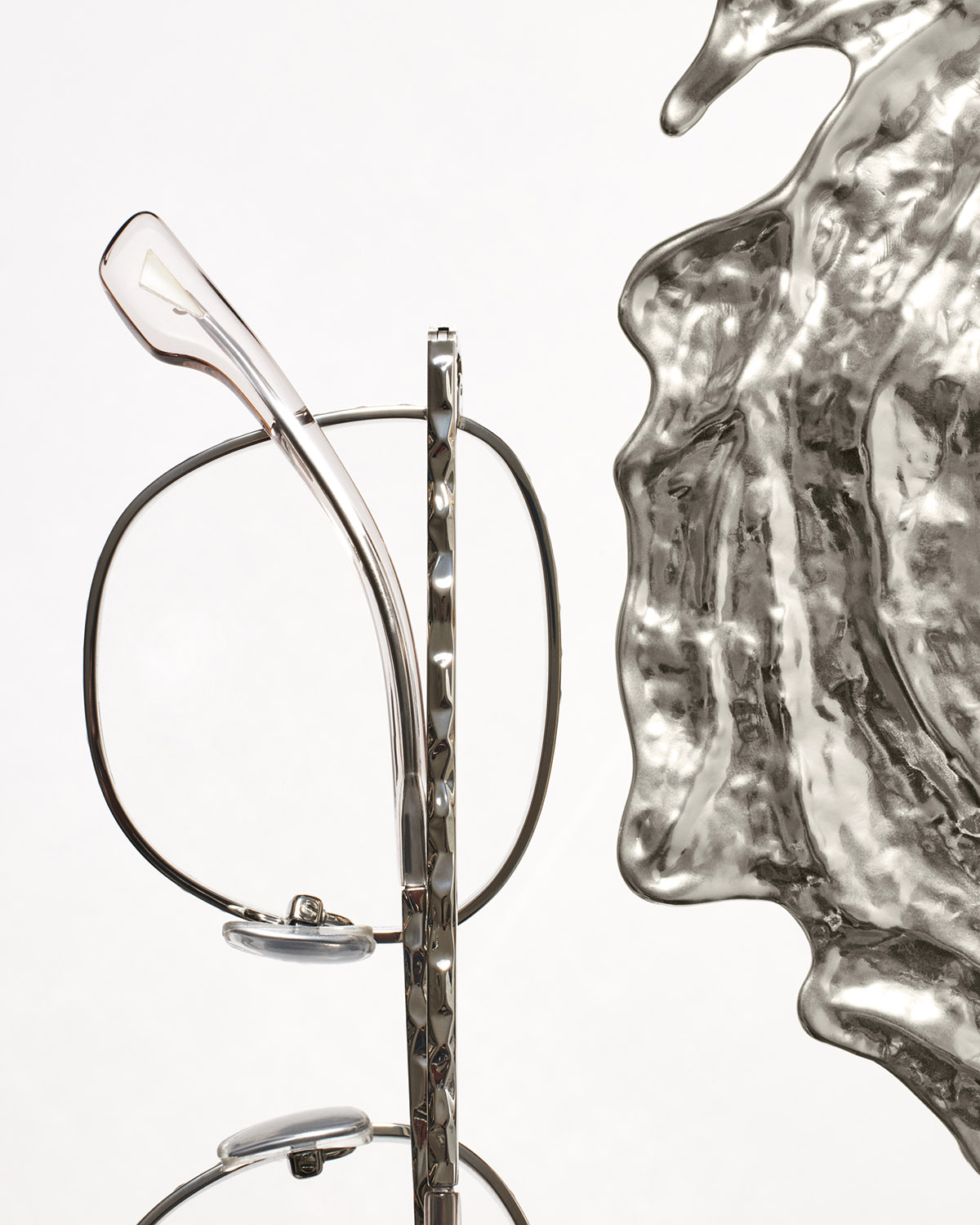Helsinki Wool Sock Factory: Winter is coming – sock it up!
By Ndéla Faye | Photos: Helsinki Wool Sock Factory
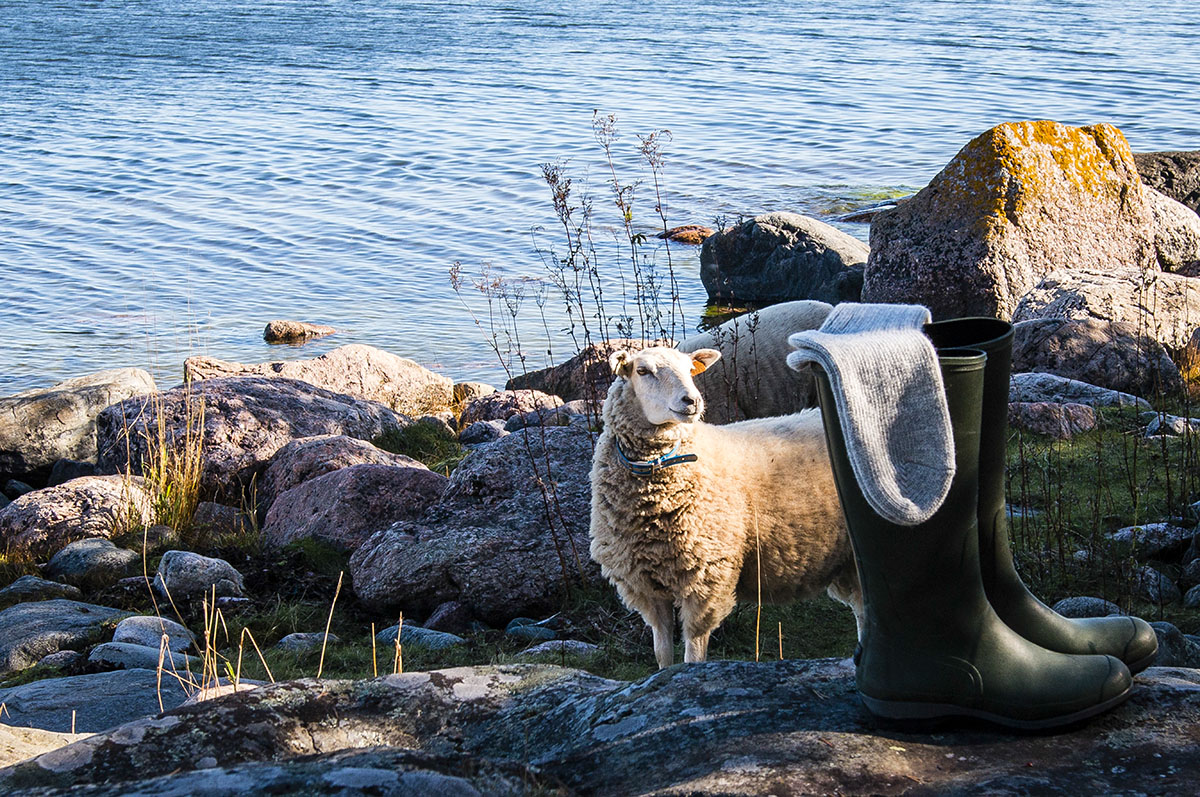
Helsinki Wool Sock Factory is the last remaining traditional woolly sock factory in Finland. For over 70 years, the factory has been making woolly socks with the same process – and production is not showing any signs of slowing down.
As the evenings start to get darker, the leaves turn yellow and the temperatures start to plummet, most Finns find warmth and comfort in a pair of woolly socks. The country is known for its woolly socks, and their use is ubiquitous from babies to grandparents. Some babies are even gifted their first pair of woolly socks when they leave the maternity hospital.
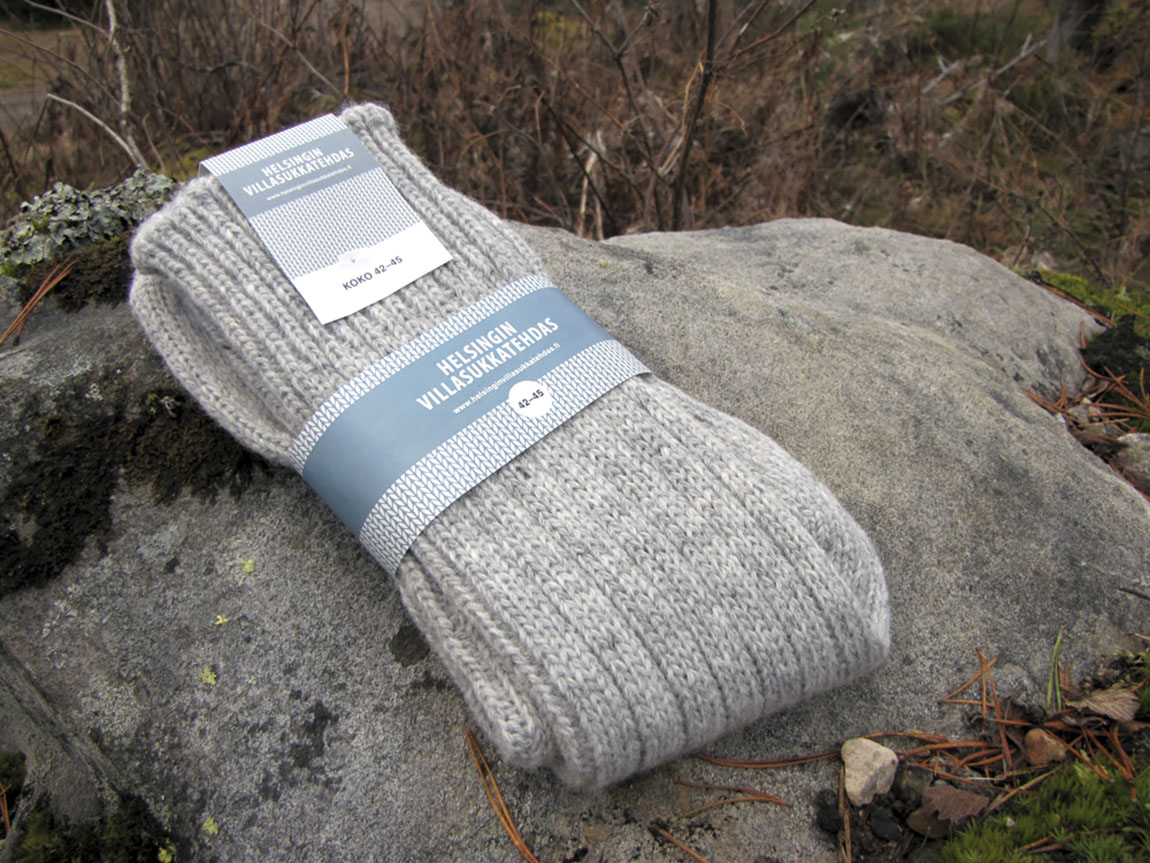
Stepping into Helsinki Wool Sock Factory is a bit like stepping into a time machine: there is an old gramophone, radio and jukebox in the factory lobby and, as a workplace, the factory is mostly a mobile device and computer-free zone. “We like to chat and listen to the radio. Our patron, Jukka-Pekka Kumpulainen, has a penchant for old furniture and items, and they are dotted about the place,” explains Pekka Auveri, foreman of the factory.
Inside the factory, the team’s loyal Komet Knitters are busy at work. The original shaft-driven machines were manufactured in the 1920s, and in the 1950s, they were fitted with electric motors. “We are very proud to be continuing the tradition of the Finnish woolly sock industry. Our production combines traditional industrial knitting machines with precise handicraft labour,” Auveri states, while the factory’s wool-sock master Svetlana puts labels onto the socks by hand, ready to be shipped to their new owners.
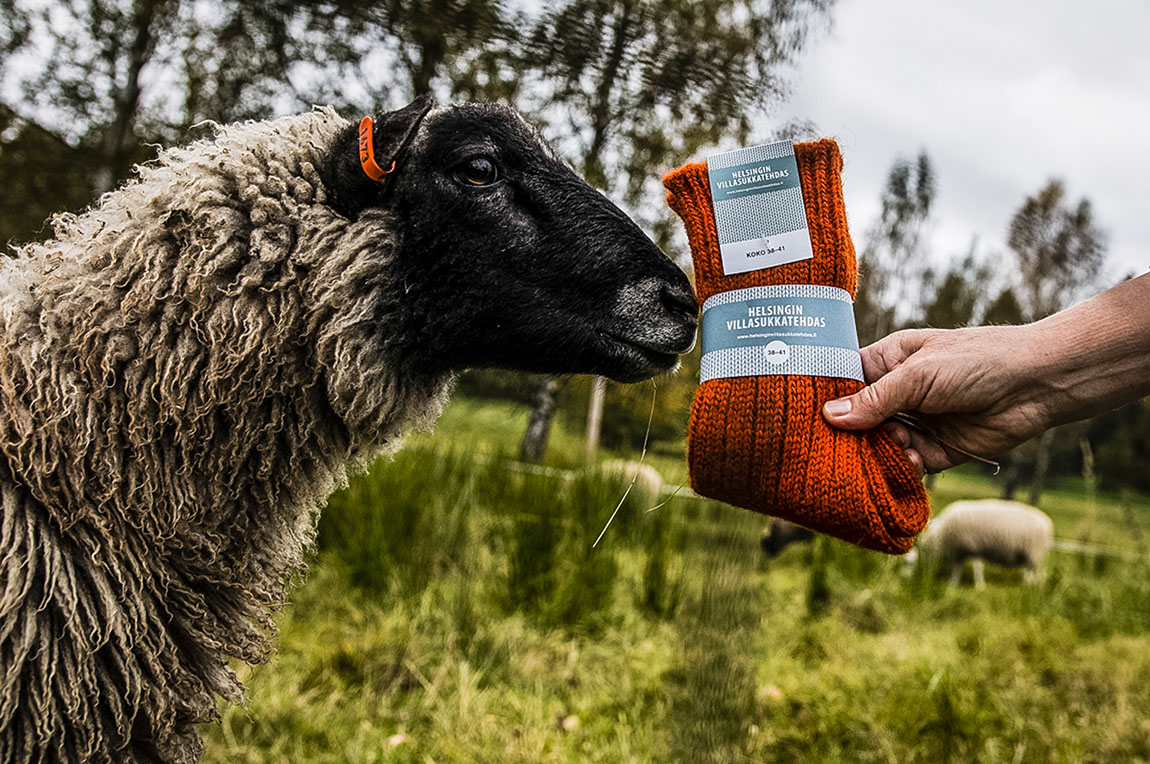
The company makes around 70,000 pairs of socks each year, and they sell their stock to a number of retailers, as well as individuals and corporations. “Many businesses like to buy our socks as a present for their employees,” explains Auveri.
In the machine room, engineer Jukka is servicing the old machines, as he does every day. “Thanks to the careful daily care and maintenance, the original machines are still serving us faithfully. We value our employees highly and strive to maintain a balanced and stress-free work environment. We believe this to be the most important step in producing high-quality woolly socks,” Auveri says.
The woolly socks produced at Helsinki Wool Sock Factory are made from hard-wearing
carding wool with 70 per cent sheep’s wool and 30 per cent polyamide. “By adding polyamide, we improve the abrasion resistance of the thread, which means that the wool sock is more durable,” Auveri explains. The wool used in the wool socks is ethically produced, mulesing-free New Zealand sheep’s wool and about ten per cent Finnish sheep’s wool. Once it has been processed and washed, the wool gets sent to Pirtin Kehräämö, a sheep wool processing company in Jämsä, where it is spun into yarn.
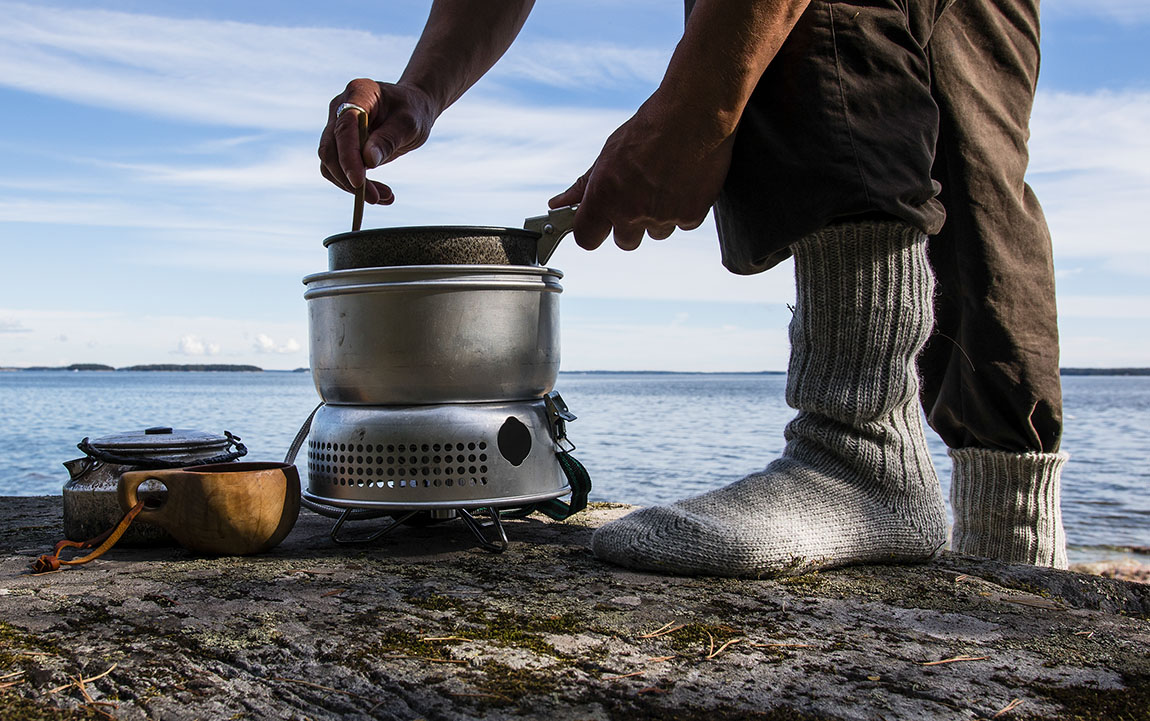
Keeping warm, naturally
In addition to the traditional grey woolly socks, the factory produces nine other colours, dyed at a small family business dyehouse in Kyröskoski. “Wool is a very hygroscopic animal fibre: it can absorb up to 30 to 40 per cent of its weight in moisture without feeling wet. As it binds moisture, wool releases heat. This is why woolly socks are excellent at providing natural thermal insulation – and keeping feet warm,” he adds.
In light of the current energy crisis, keeping warm has become more important than ever. The company recommends wearing woolly socks on bare feet; to optimise their insulating and warming qualities. Wool is also naturally resistant to dirt, which means that they do not have to be washed often – simply airing them will usually keep a pair fresh. However, woolly socks that are in active use can and should be washed from time to time – and all of Helsinki Wool Sock Factory’s socks are machine washable.
“Our socks are extremely durable due to their reinforced toe and heel. Each pair of woolly socks that leaves the factory is checked individually by our employees. For us, having high standards and providing socks with a consistent quality is a matter of honour,” Auveri concludes.
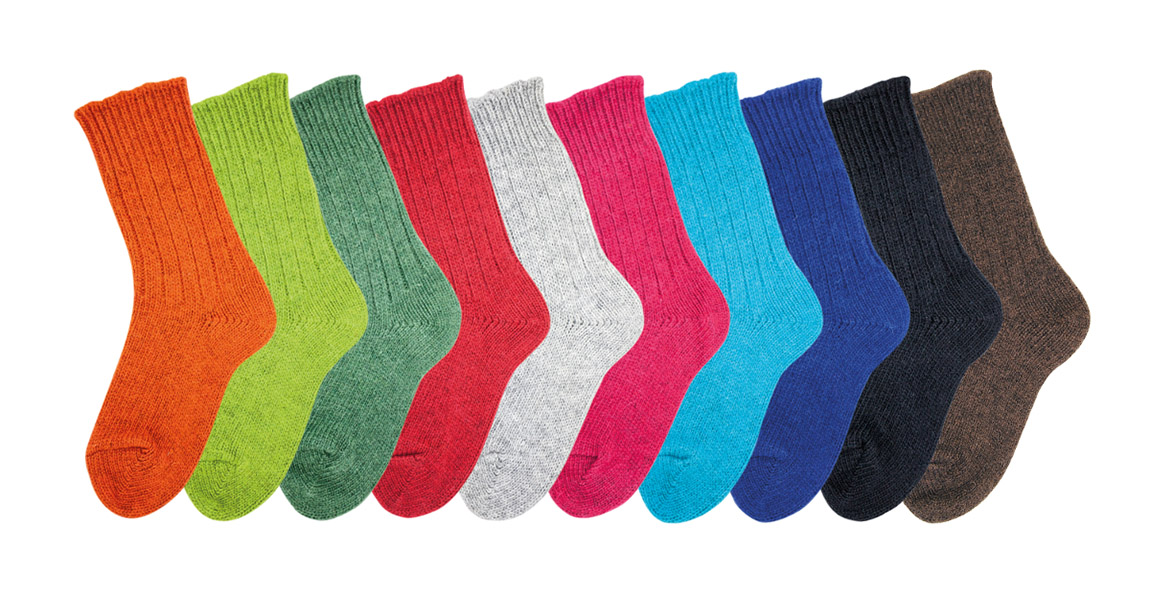
Web: www.helsinginvillasukkatehdas.fi
Instagram: @helsinginvillasukkatehdas
Facebook: helsinginvillasukkatehdas
Subscribe to Our Newsletter
Receive our monthly newsletter by email


